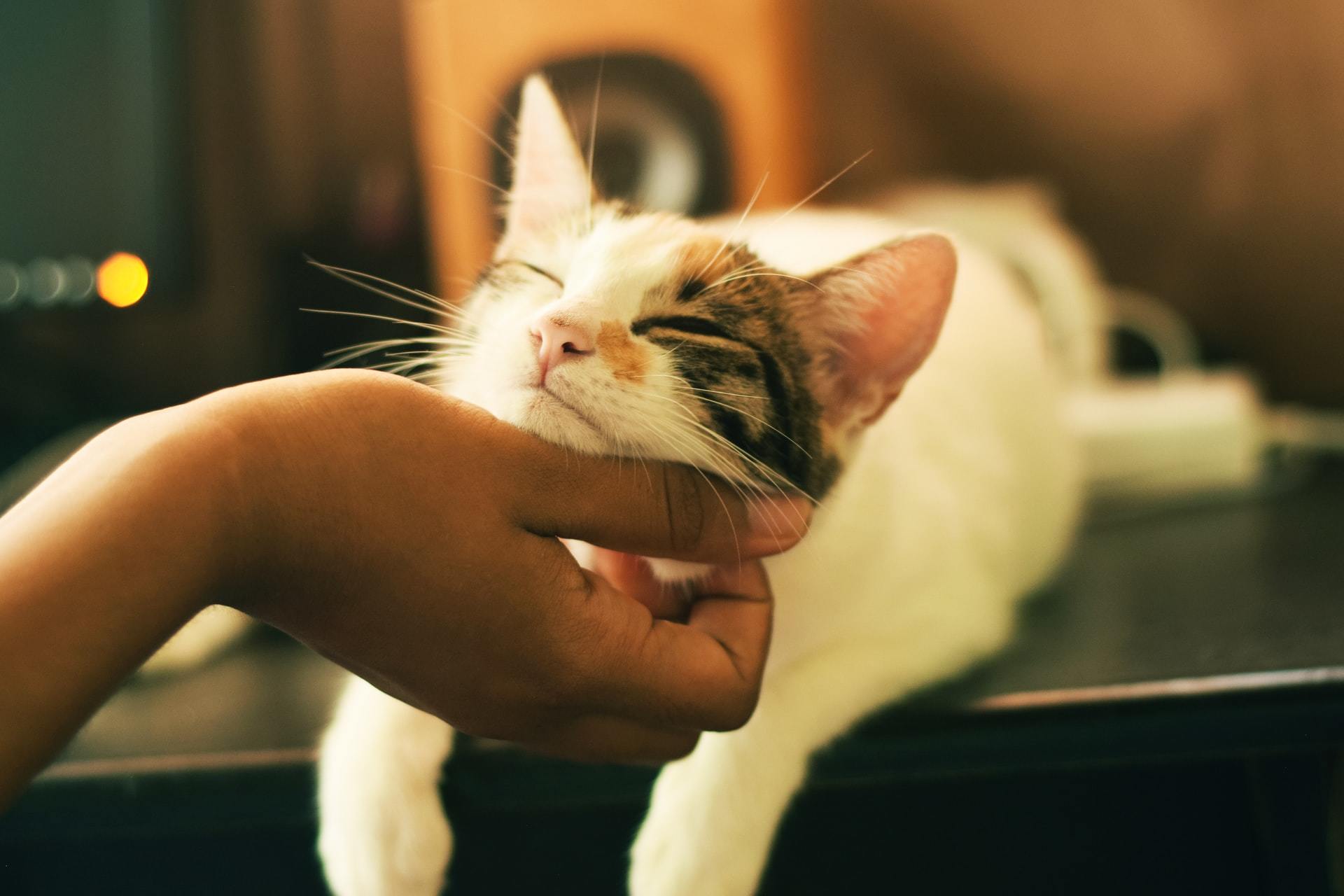tooth resorption cats symptoms
Vet bills can sneak up on you. What Are the Most Common Symptoms of Tooth Resorption in Cats.

Dental Care For Cats North Elm Animal Hospital
Feline tooth resorption is an extremely painful condition but cats tend to hide pain.

. Full mouth veterinary dental radiographs are needed for. Also known as feline odontoclastic resorptive lesions FORLs tooth resorption is the second most common oral problem in cats affecting more than a third of adult cats. It may be seen in.
Brett Beckman on September 06 2016. In 26 patients root resorption was unchanged. This condition is commonly referred to as tooth resorption however in the past it has also been called a feline odontoclastic resorptive lesion FORL or a cervical line lesion.
The dentist will want to prevent the. More than 70 of cats. Tooth resorption in cats also called feline oral resorptive lesions occurs when the cats own body starts to degrade and resorb the teeth forming holes in the enamel and dentin.
Certain breeds of cats like Siamese. All cats can develop feline tooth resorption. So although resorption can be very painful for cats it can be hard for.
In fact its one of the most common oral conditions seen in cats. Cats with clinically missing teeth have also been. Symptoms of Tooth Resorption in Cats.
Older cats and particular breeds including Siamese Persians and Abyssinians appear to be more at. Eventually the entire tooth right down to the pulp will be destroyed. In conclusion 13 to 28 years after the completion of orthodontic treatment 4 of 55 teeth were lost partly due to resorption.
Tooth resorption is a common condition affecting an estimated 20 percent to 60 percent of all cats and close to three-quarters of those five years of age and older. The treatment for tooth resorption in cats depends on the progression stage. Tooth resorption formally known as FORLs Feline Oral Resorptive Lesions is the most common dental problem in cats especially those aged four and older with studies.
Tooth resorption also called feline odontoclastic resorptive lesion is when the tooth starts breaking from the inside. The cause says Jennifer. Cats are stoic creatures naturally inclined to hide signs of pain.
What Are the Other Symptoms. Since tooth resorption is a progressive disease many veterinary dentists feel that extraction is the best option for all affected teeth even those with evidence of mild disease. Feline tooth resorption is a dental disease that occurs when the body breaks down and absorbs the structures of your cats teeth.
It usually starts in the enamel along the gum line. Any cat can develop the disease which is one of the most common oral diseases we treat. A thorough physical exam by your vet along with sedation to further evaluate the mouth gums and teeth using dental x-rays is the best way.
Treating tooth resorption in cats generally involves some sort of. What cats are at risk of tooth resorption. Treatable by a veterinarian.
While tooth resorption can be very painful for cats it can be hard to recognize because our feline. Tooth resorption in cats is a painful condition with an unknown cause. Tooth resorption is common in the domestic cat and the incidence has been reported to increase with increasing age.
Various studies have found 28-67 of cats have tooth resorption and it is the most common. Tooth enamel will then begin to flake off. Tooth resorption is divided into specific.
Diagnosing Tooth Resorption in Cats. While tooth resorption can be a very painful condition in your cat it can also be quite difficult to detect in your feline companion. Feline immunodeficiency virus and stress on the teeth due to poor dental alignment can also trigger tooth resorption in some cats.
It is a common cause of tooth loss in cats. This is an instinctive defense mechanism that domestic. Resolves with proper treatment but may recur in other teeth.
For stage one the goal is to reduce the growth and spread of the lesions. Treatment for feline tooth resorption depends on the type of tooth resorption and the severity of the condition. The most commonly affected teeth are the premolars of the lower jaws.
Get the pawfect insurance plan for. Tooth resorption in cats unfortunately often goes undiagnosed. Symptoms of Tooth Resorption in Cats.
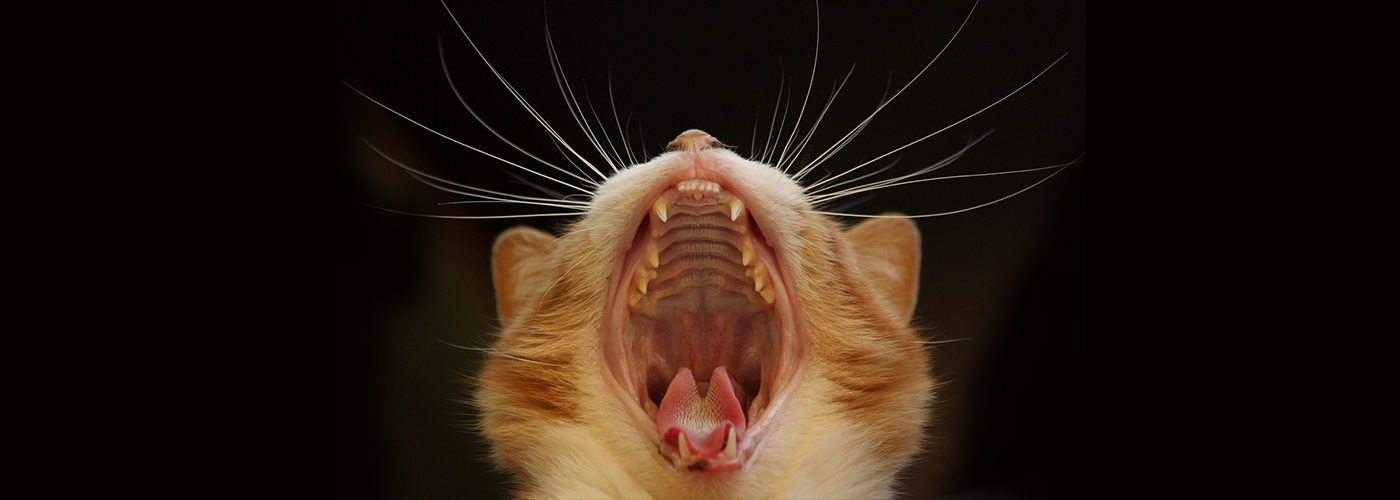
Dental Disease In Cats International Cat Care

Tooth Resorption Animal Dental Specialist
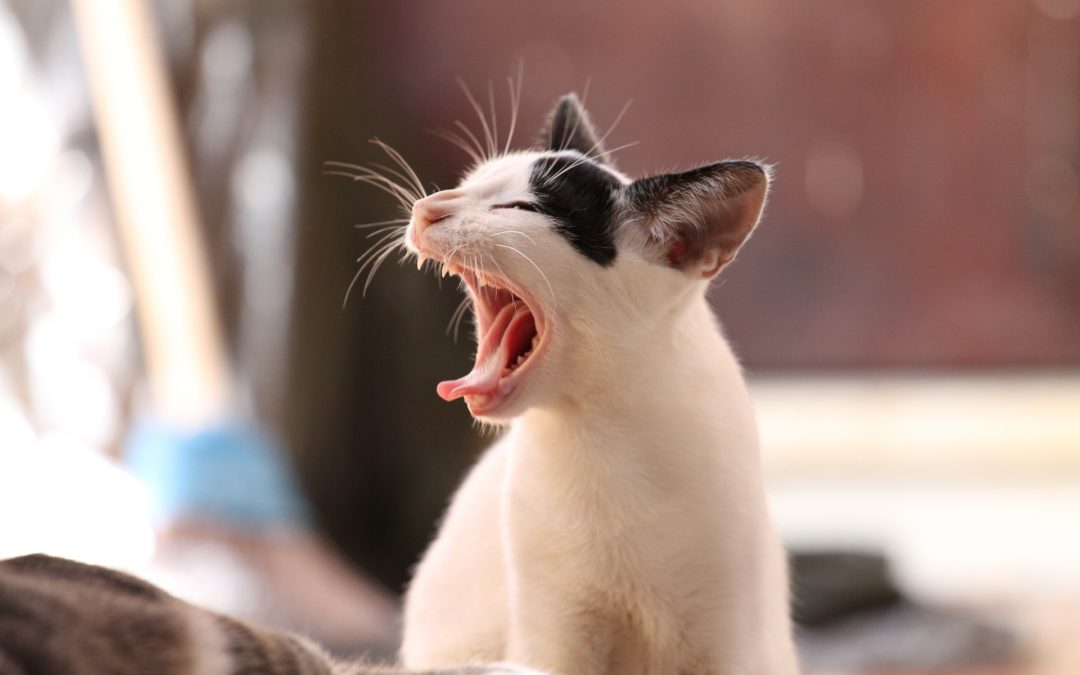
Tooth Resorption In Cats Feline Dental Disease East Valley Animal Hospital
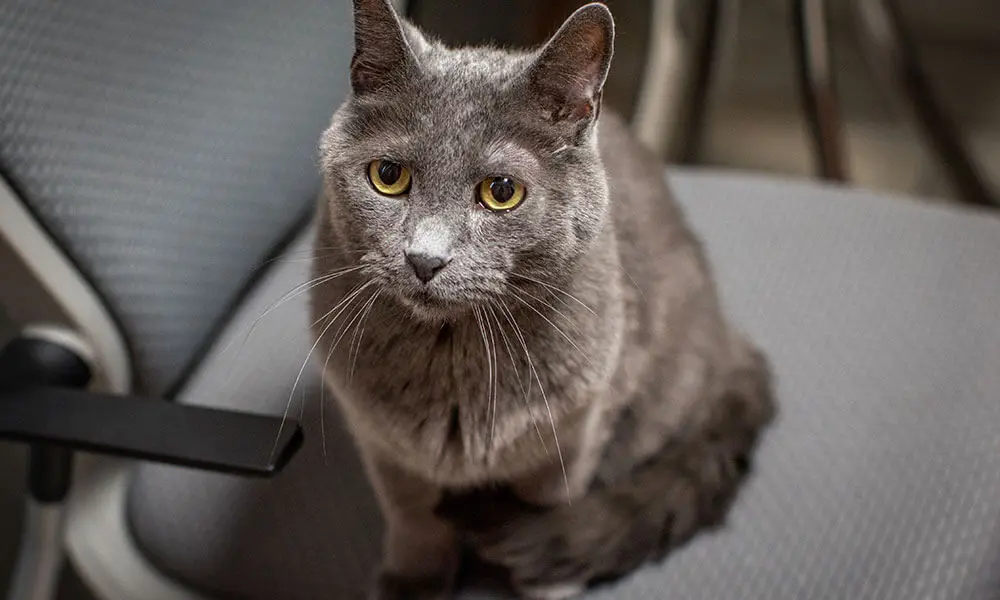
Feline Tooth Resorption A Guide For Cat Owners 1st Pet Veterinary Centers Az

Common Dental Problems For Your Cat Dunnellon Animal Hospital

Feline Periodontal Disease What To Look For Pet Dental Health Pet Dental Care Veterinary

Dental Pro Tip 4 Owners Of Cats Should Monitor Their Feline Friends Closely For Any Evidence Of Dropping Food From Their Mouths Turning Feline Cats Animals

Dental Care For Cats Northwood Animal Hospital
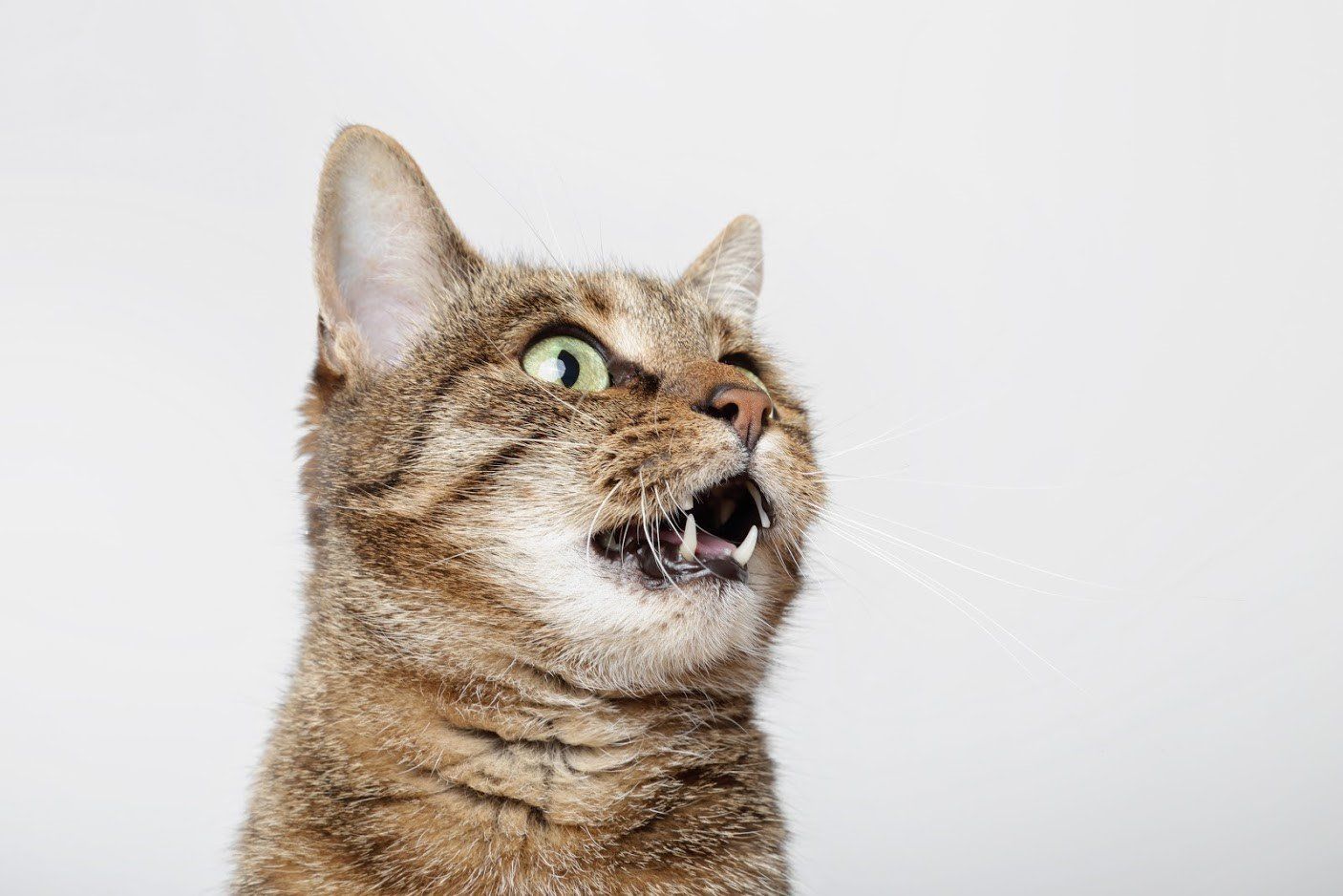
Tooth Resorption In Cats What You Should Know

All About Asthma In Cat Including Common Causes And Treatments Cat Asthma Cat Dental Health Cat Health Problems

External Tooth Resorption In Cats Part 2 Therapeutic Approaches Today S Veterinary Practice

Tooth Resorption Advanced Animal Dentistry

Causes And Signs Of Broken Teeth In Cats Firstvet
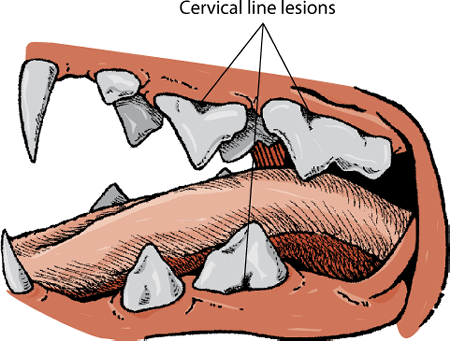
Dental Disorders Of Cats Cat Owners Merck Veterinary Manual

What Is Feline Dental Disease Feline Health Feline Health Disease

Cat Dental Exams What You Need To Know About Cat Teeth Cleaning Daily Paws In 2021 Dental Exam Pet Dental Care Feline


